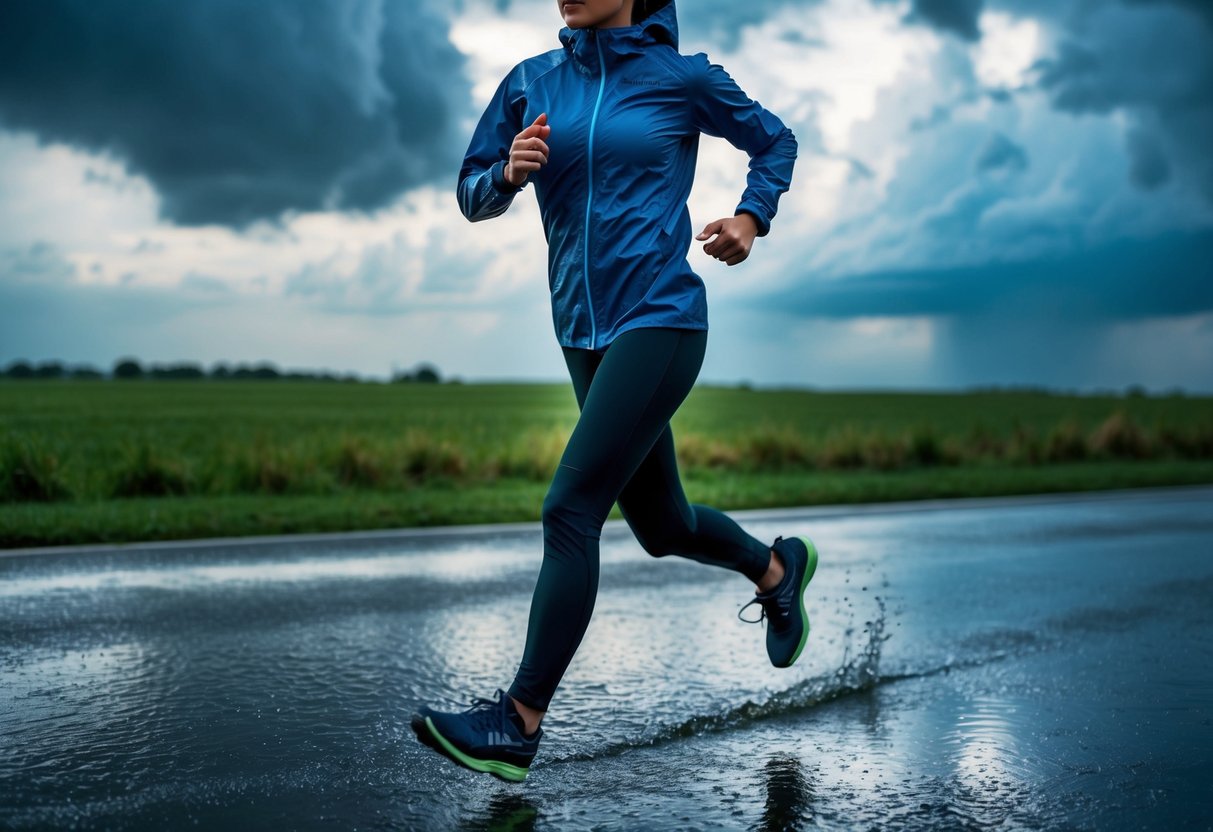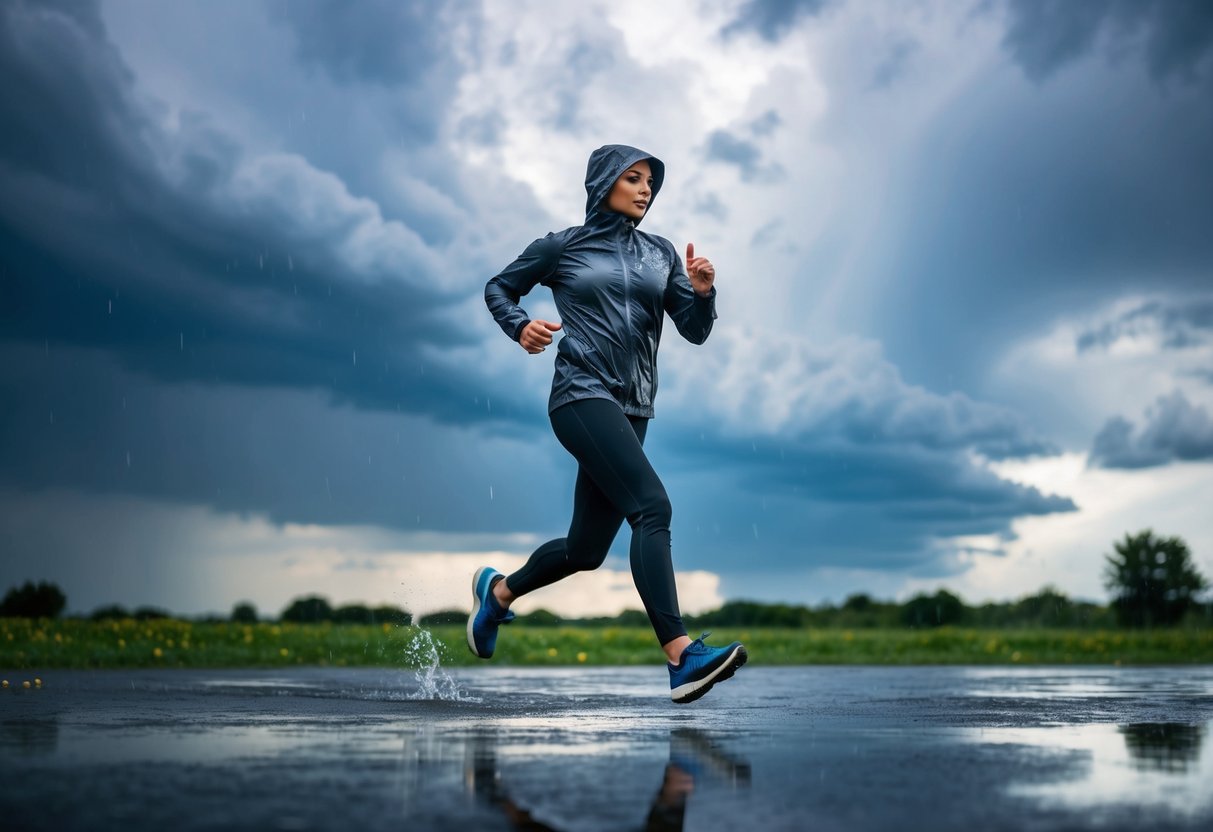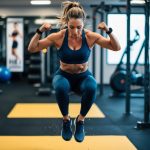
Choosing the right gear for all-weather training can be a game-changer for athletes and fitness enthusiasts. Waterproof activewear not only offers protection from rain and moisture but also ensures comfort and performance. The best waterproof activewear combines advanced water-resistant technology with breathable materials, making it perfect for staying dry without overheating.
Whether running through a sudden downpour or tackling a muddy trail, having the proper attire is essential. It protects against the elements and enhances the training experience by providing flexibility and endurance. The right waterproof activewear will keep you dry and maintain optimal body temperature.
Finding the perfect balance in activewear involves understanding the materials and design features that make one product stand out from another. Lightweight fabrics that offer both waterproof and windproof capabilities are ideal for year-round training. Athletes can focus on their performance without worrying about the changing weather conditions.
Understanding Waterproof Activewear

Waterproof activewear is crucial for those who train in unpredictable weather. The key aspects of waterproof fabrics, including materials and breathability factors, are vital considerations.
Importance of Waterproofing
Waterproofing in activewear ensures that athletes remain dry during workouts in the rain or other wet conditions. It helps to enhance performance by preventing water from penetrating the clothing, keeping the wearer comfortable. Waterproof gear is particularly beneficial for outdoor enthusiasts who engage in activities like hiking or running in varied climates. Keeping insulated and dry prevents the distraction of dampness, which can also lead to chafing or irritation during prolonged exercise.
Waterproofing also extends the life of the garment. Consistent exposure to water can degrade fabrics over time, so waterproof treatments or technologies like Gore-Tex protect materials, making them more durable. This adds value by reducing the frequency of purchasing new gear. The peace of mind that comes with knowing your clothing will stand up to wet weather is invaluable for active individuals.
Material Science: Waterproof Fabrics
Waterproof fabrics are at the forefront of innovation in activewear. These materials often incorporate a waterproof membrane, which blocks water from passing through while allowing vapor to escape. Gore-Tex is a well-known technology in this space, offering lightweight and effective waterproofing. This membrane is sandwiched between high-performance textiles to create a barrier against external moisture.
Waterproof fabrics must also be flexible and comfortable. Historically, waterproof clothing was stiff and heavy, but modern advances have led to the development of materials that are both protective and comfortable. Today’s fabrics are designed to stretch and move with the body, ensuring a better fit and unrestricted movement. This integration of technology into fabric science is critical to advancing waterproof activewear design.
Breathability vs. Waterproofing
Balancing breathability and waterproofing is essential in selecting suitable activewear. While waterproof fabrics block water, they also need to allow sweat in the form of vapor to escape. Breathable membranes, such as those used in Gore-Tex, effectively handle this dual role, maintaining a comfortable temperature against the skin. Without breathability, moisture can accumulate inside the garment, leading to discomfort.
When choosing activewear, consumers should consider the level of activity and the environment. High-intensity exercises may require more breathable options, while less strenuous activities might permit heavier waterproofing. Finding the right balance ensures that athletes are prepared, whatever the weather.



